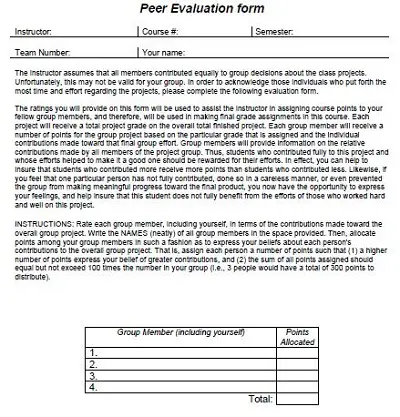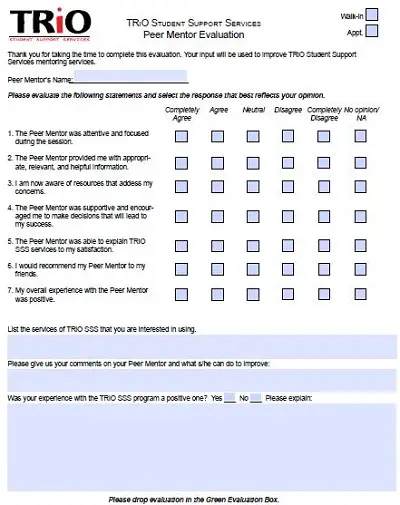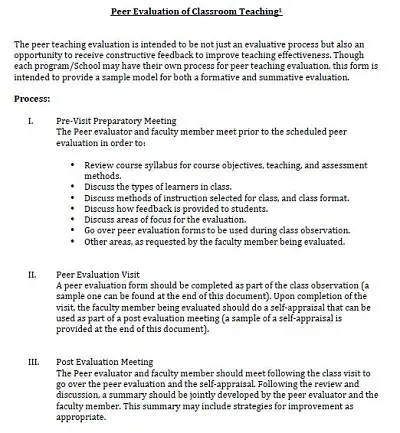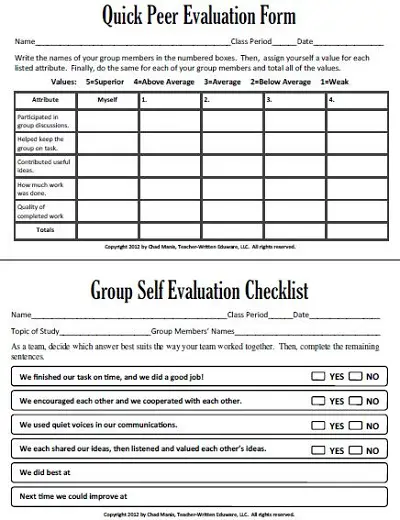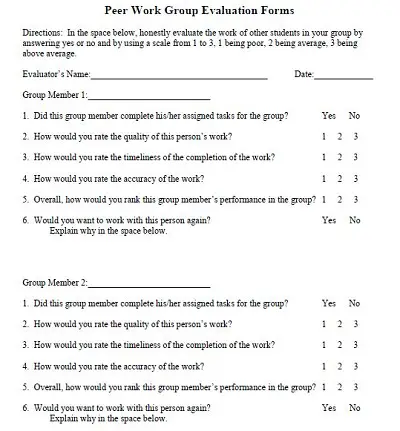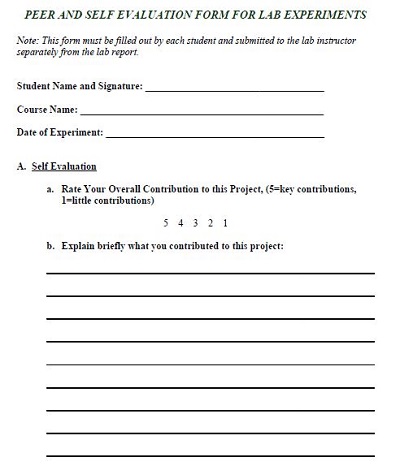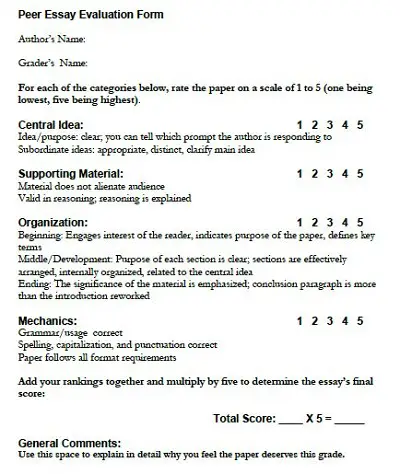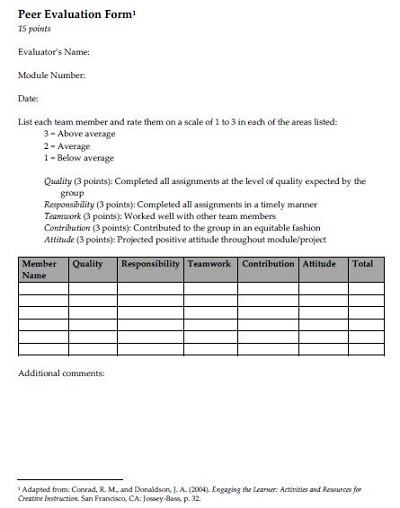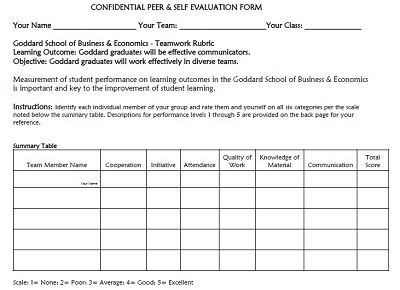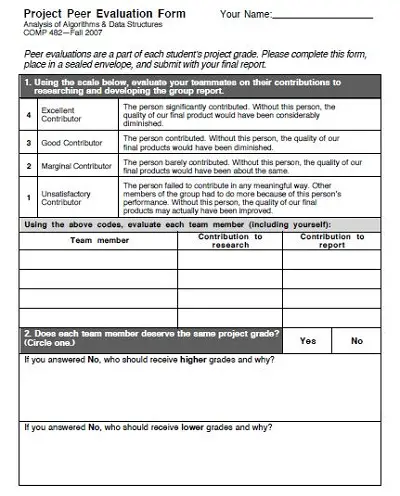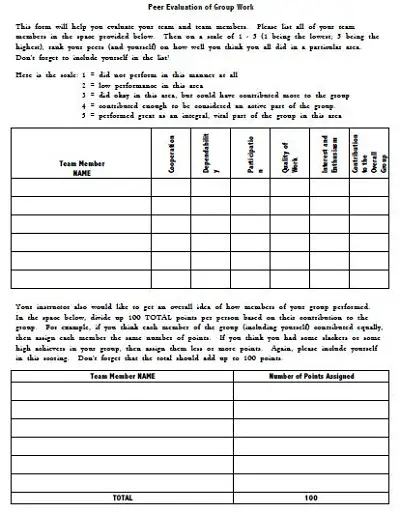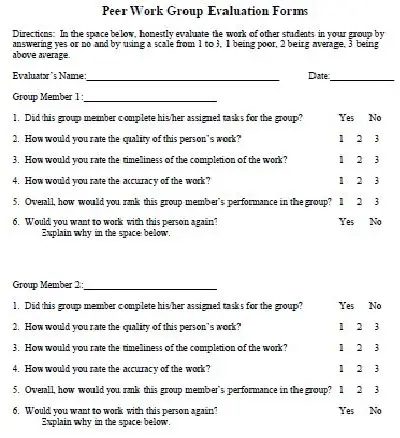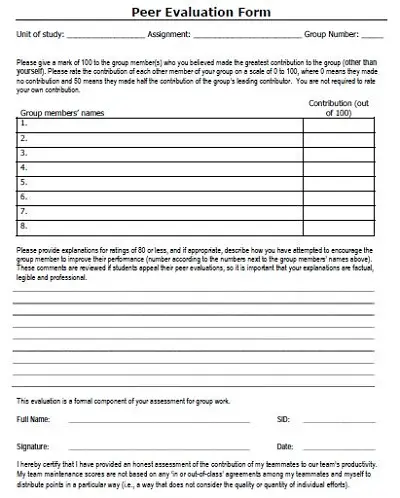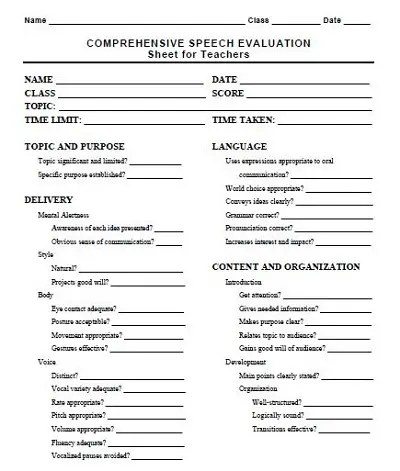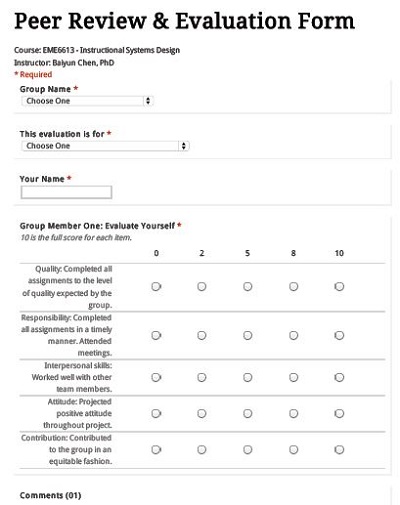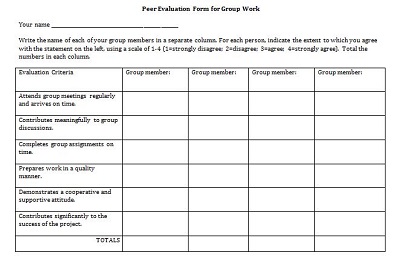20+ Peer Evaluation Form Sample & Examples – PDF & DOC
Peer evaluation form samples and templates are an effective and efficient way to organize and review the performance of employees and teams within an organization. They allow supervisors to get an accurate assessment of how individual members of a team contribute, as well as allow team members to assess each other’s strengths and weaknesses in a constructive manner.
Table of Contents
These templates provide suggested questions to direct the evaluation process while allowing flexibility to customize questions based on different types of work or specific teams. This ensures that everyone is evaluated fairly according to their role or job responsibilities, without personal biases interfering. In addition, templates can often be quickly updated and tailored for different teams in order to accurately reflect the changing needs of an organization.
Download Free Peer Evaluation Form Sample
What is a Peer Evaluation Form?
A peer evaluation form is a type of assessment that allows coworkers to provide feedback on each other’s performance and behavior. This type of evaluation enables employees to gain insight into how their peers view them and how they interact with others in the organization. It also provides management with valuable insights into employee satisfaction and how well teams are working together.
Benefits of Using Peer Evaluation Forms
Using peer evaluation forms in the workplace has many benefits. First, it allows managers to gain an unbiased view of employee performance from an outside source. This is helpful because it eliminates bias due to personal relationships or perceptions that may exist within the organization. Additionally, peer evaluations allow managers to identify areas where employees need improvement or training that could otherwise go unnoticed.
This can be especially helpful in organizations where employees work remotely or have limited contact with each other due to various time zones or physical locations. Finally, peer evaluations allow for more accurate feedback than traditional methods such as self-assessments, since peers are often better able to identify issues that may not be apparent to those who do not have direct contact with them on a daily basis. Furthermore, these forms often give employees an opportunity to provide constructive criticism that can lead to improved performance and increased morale throughout the organization.
Why Use a Peer Evaluation Form Template?
Using a peer evaluation form template provides structure and consistency to the process. It also helps to ensure that all members are evaluated on an equal basis, as each person is asked the same questions and has the same criteria for evaluating their peers. Additionally, templates can be easily customized with different questions that are tailored to your specific needs. This allows you to focus on areas that are important for your particular team or project and get valuable insights from each team member.
In addition, using a template makes it easier to compare results over time, allowing you to track changes in performance based on feedback from peers. This can help you identify areas where further improvement may be needed, or recognize areas in which your team is excelling. You can also use this data to create actionable goals and strategies for improving teamwork and productivity in the future.
How To Create A Effective Peer Evaluation Form Template?
Creating an effective peer evaluation form template starts with identifying what areas of performance need to be assessed, such as communication skills, collaboration skills, problem-solving abilities, etc. Once these criteria have been determined, it’s important to create questions that will provide meaningful insight into each area of performance based on those criteria. For example, if one of the criteria is “Problem-Solving Abilities” then you could ask questions such as “How well does this person handle difficult problems?” or “How often does this person contribute innovative solutions?”
Once all of the questions have been identified and written out, the next step is to develop a scoring system so that each individual response can be accurately measured against others within the group. This should include both numeric scores (on a scale from 1-10) as well as qualitative comments that provide more detail about why someone scored someone else in a particular way. This will help make it easier for everyone involved in the process to understand how their peers are performing without any bias or personal opinion getting in the way.

